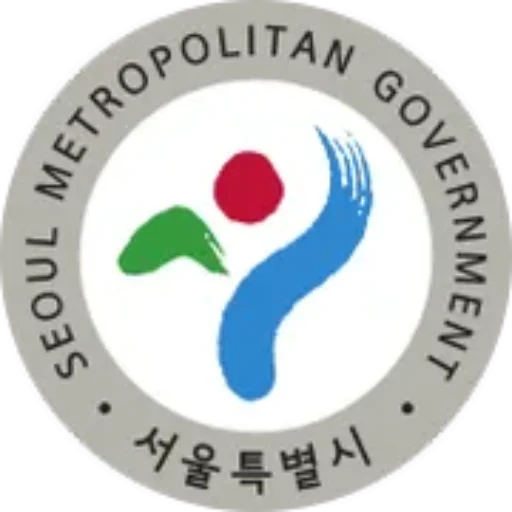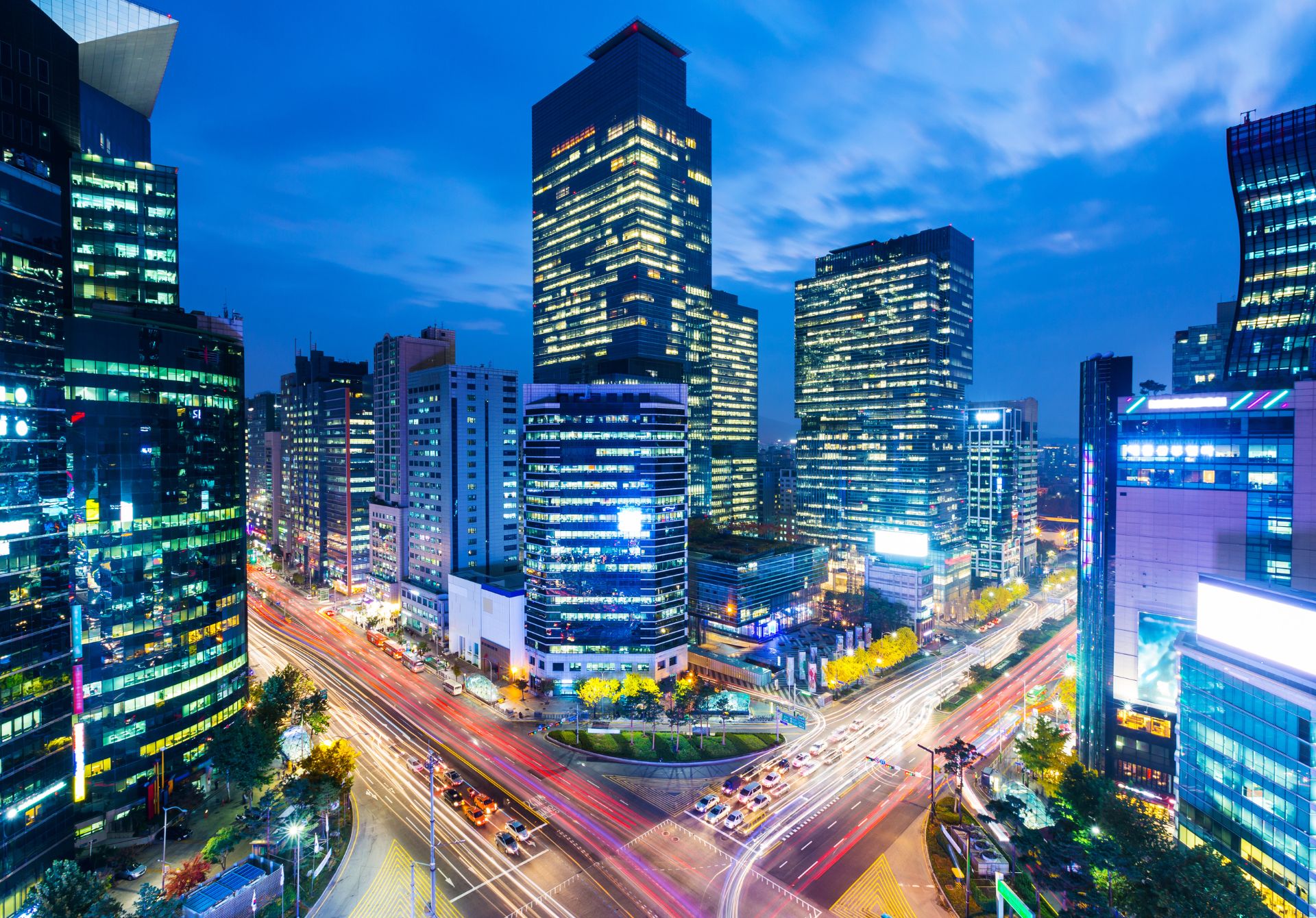Gangnam District, or Gangnam-gu, has transformed from modest farmland into one of Asia’s most prestigious urban centers within just a few decades. Located south of the Han River in Seoul, South Korea, this district of 39.5 square kilometers has become synonymous with luxury, technological innovation, and cultural influence. The name “Gangnam” literally means “South of the River,” but its cultural significance now extends far beyond its geographical definition.
Economic Powerhouse
Home to over 500 corporate headquarters, including Samsung, LG, and Hyundai, Gangnam generates approximately 25% of Seoul’s entire GDP. The district’s COEX Mall, Asia’s largest underground shopping complex, attracts over 150,000 visitors daily. Real estate values in Gangnam have skyrocketed, with average apartment prices exceeding $1.5 million, making it one of the most expensive residential areas in South Korea.
Technology and Innovation Hub
Teheran-ro, often called “Tehran Valley” (Korea’s Silicon Valley), houses over 1,000 IT and startup companies. The district’s digital infrastructure is among the world’s most advanced, with gigabit internet connectivity and widespread implementation of smart city technologies. Innovation hubs like the Gangnam Digital Innovation Center provide support to emerging tech startups, contributing to South Korea’s position as a global technology leader.
Cultural Impact and Entertainment
Gangnam’s global recognition exploded with Psy’s 2012 hit “Gangnam Style,” which became the first YouTube video to reach one billion views. However, the district’s cultural influence extends far beyond this viral sensation. It serves as the headquarters for multiple entertainment companies, including SM Entertainment and JYP Entertainment, which have been instrumental in spreading Korean Wave (Hallyu) globally.
Fashion and Beauty Capital
The district’s Apgujeong and Cheongdam-dong areas form Seoul’s premier fashion district, often compared to Beverly Hills or Paris’s Champs-Élysées. Over 500 plastic surgery clinics operate in Gangnam, making it the world’s largest concentration of cosmetic surgery providers. The area attracts thousands of medical tourists annually, contributing significantly to South Korea’s $5 billion medical tourism industry.
Education Excellence
Gangnam’s reputation for educational excellence is reflected in its concentration of prestigious schools and academic institutes. The district accounts for approximately 6% of all students admitted to Seoul National University, Korea’s top university, despite representing only 2% of South Korea’s population. Private academies (hagwons) in Gangnam are considered among the nation’s best, with some instructors becoming celebrity teachers earning millions annually.
Urban Development and Sustainability
Despite its dense urban environment, Gangnam maintains numerous green spaces, including the Seoul Central Park and Yangjae Citizens’ Forest. The district has implemented innovative environmental initiatives, including solar-powered buildings and advanced recycling systems. The Gangnam District Office aims to reduce carbon emissions by 30% by 2030 through various green initiatives and smart city technologies.
Transportation Infrastructure
The district is served by six subway lines and numerous bus routes, making it one of Seoul’s most accessible areas. The implementation of dedicated bicycle lanes and pedestrian-friendly zones reflects Gangnam’s commitment to sustainable urban mobility. The district’s transportation hub, Gangnam Station, serves over 2 million passengers daily.
Looking to the Future
Gangnam continues to evolve as a global benchmark for urban development, technological innovation, and cultural influence. Current development plans include the construction of several new skyscrapers, expansion of green spaces, and implementation of AI-driven city management systems. As South Korea’s premier district, Gangnam represents not just the country’s present success but its ambitious vision for the future.
Gangnam District stands as a testament to South Korea’s remarkable transformation and serves as a model for rapid urban development done right. Its unique blend of economic power, cultural influence, and technological innovation continues to shape global perceptions of modern South Korea. As the district moves forward, it remains at the forefront of urban innovation while facing challenges of sustainability, affordability, and maintaining its cultural identity in an increasingly globalized world.

